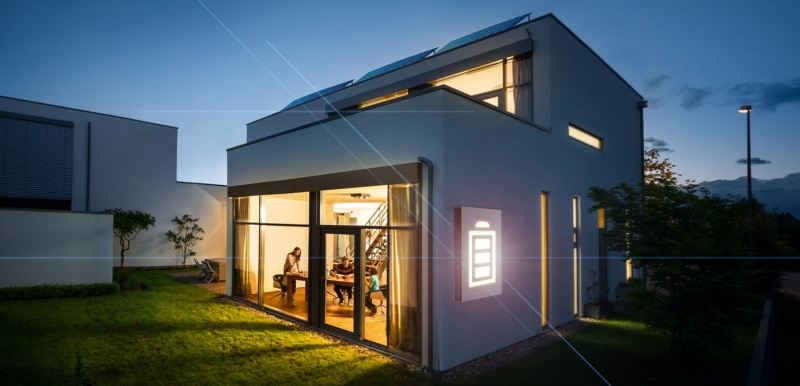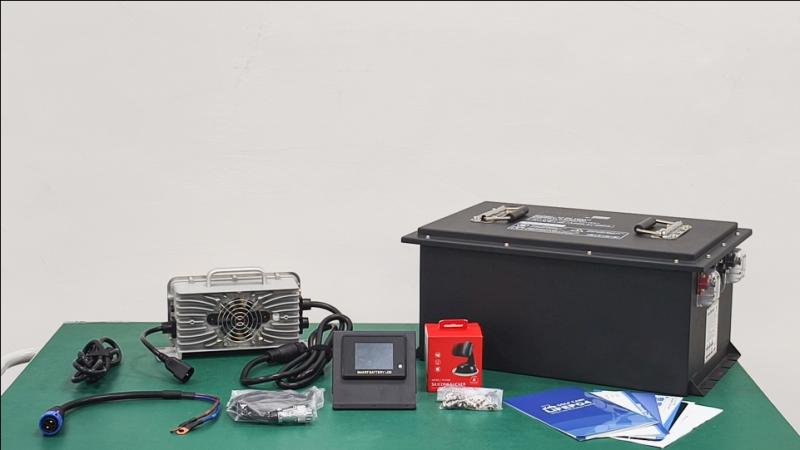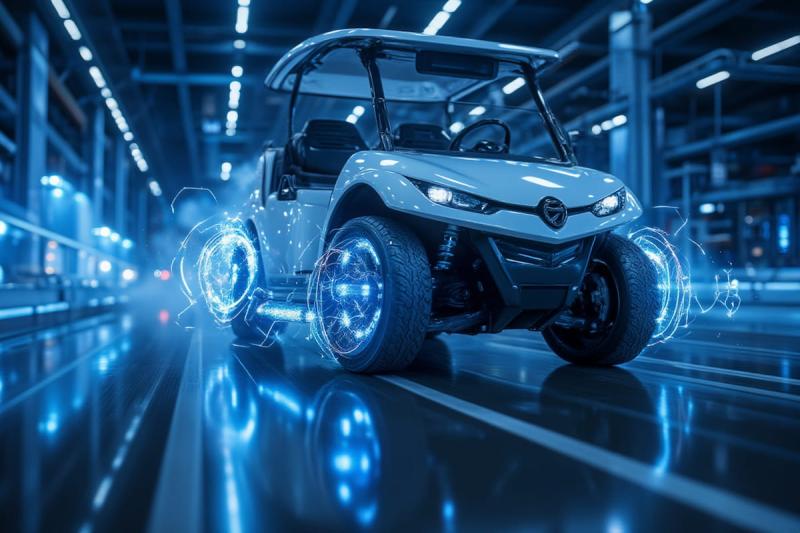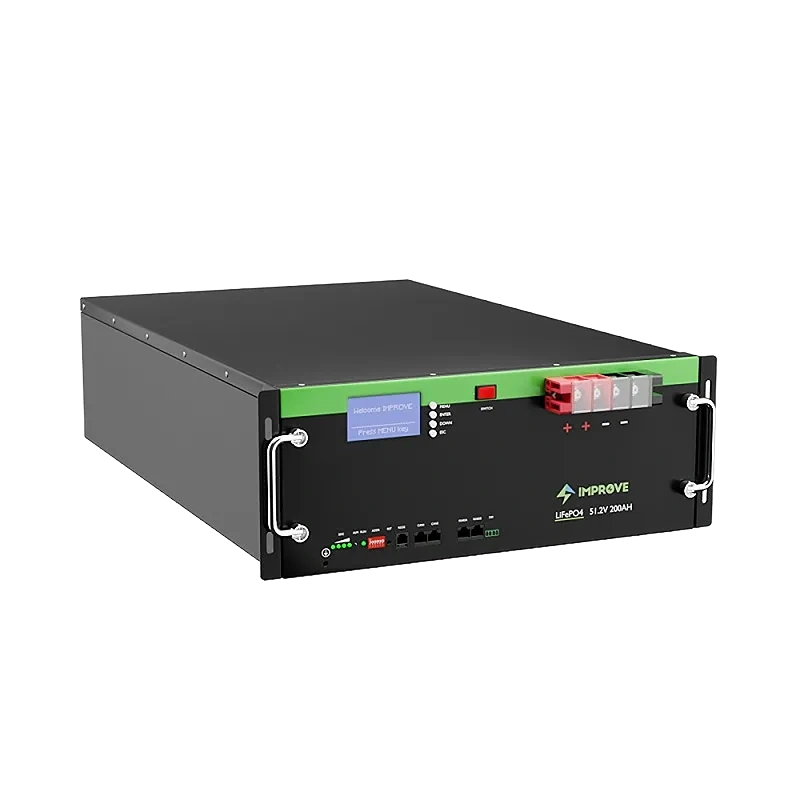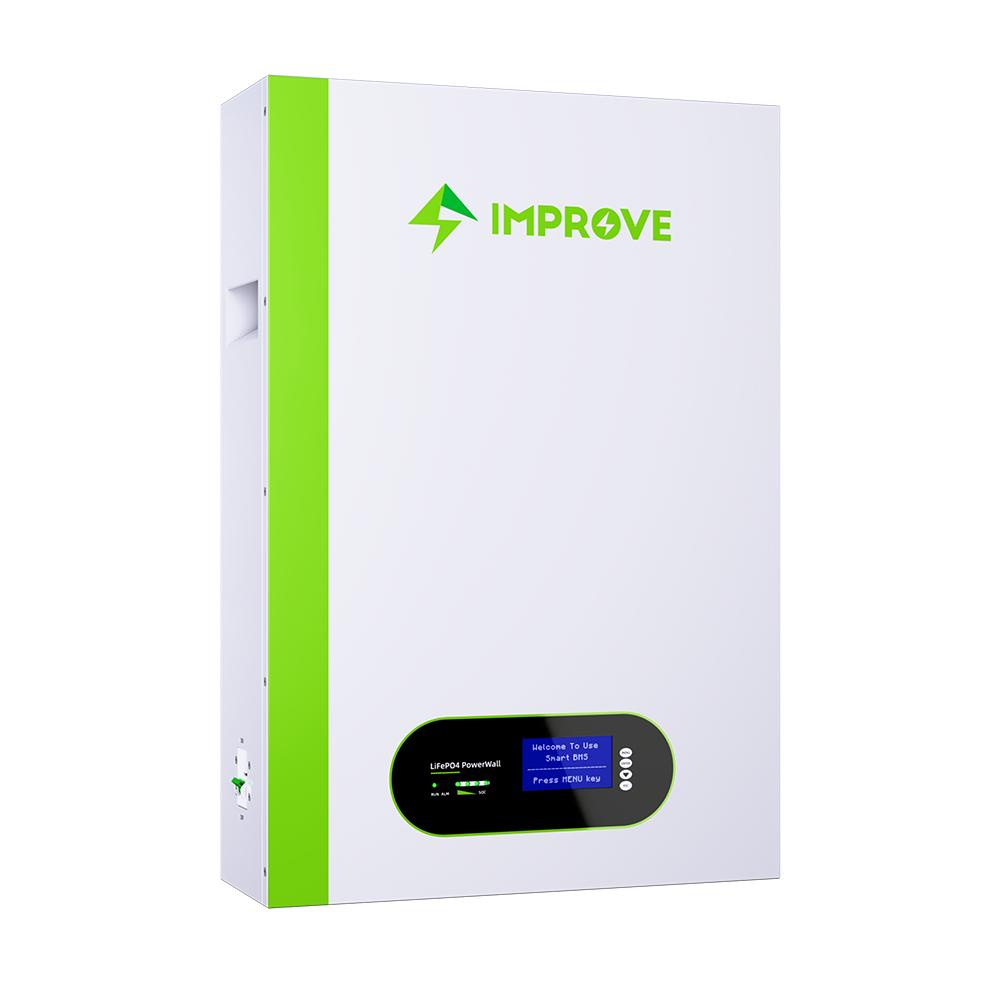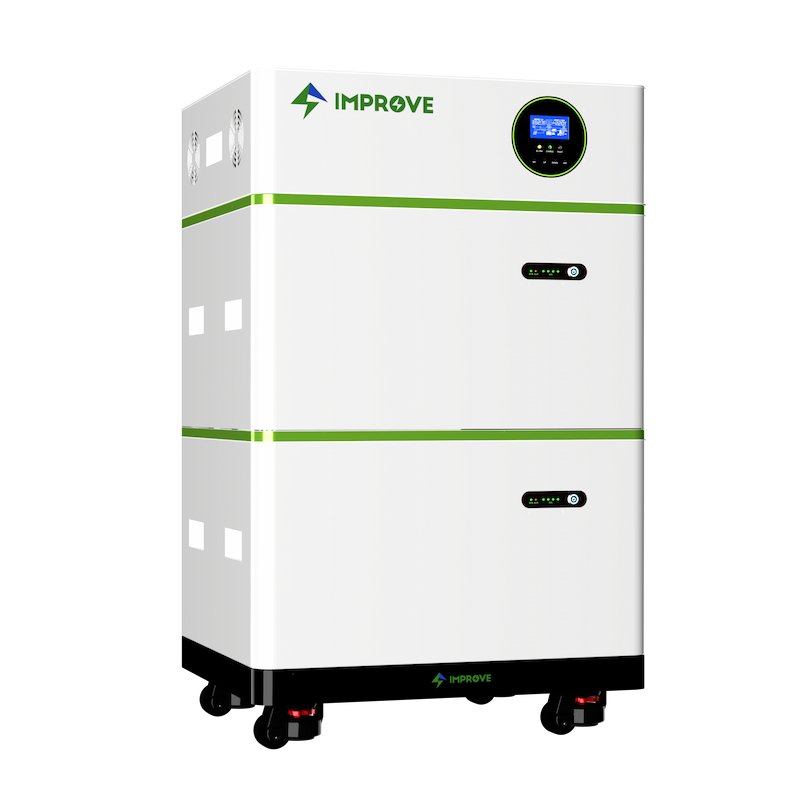Home energy storage system is similar to a micro energy storage power station, and its operation is not affected by the pressure of urban power supply. During periods of low power consumption, the battery pack in the home energy storage system can be recharged by itself to be used for backup power peaks or power outages. In additin to being used as an emergency power source, the home energy storage system can also balance the electricity load, there by saving household electricity expenses. Home energy storage systems are currently mainly combined with photovoltaics, forming hybrid, coupled, off-grid and other home photovoltaic+ energy storage systems.
Compared with conventional power sources, large-scale energy storage devices can adapt to rapid changes in load. It is have peak regulation,valley filling frequency modulation,phase modulation, accident backup and other purposes,at the same time, it can also optimize the power suppl structure to achieve green environmental protection, achieve the overall energy saving and consumption reduction of the power system and improve the overall economic benefits. In order to facilitate production and transportation, several or even dozens of such devices are usually connected to the network, and are constructed and used as a solar energy or wind power energy storage power station system.
Overseas home energy storage demand has grown explosively, such as Tesla, a local brand of home energy storage in the United States, due to the hot market demand. There is a serious imbalance between supply and demand, and the price of its home energy storage product Powerwall has been successively increased. The current backlog of orders has exceeded 80,000.
The first reason is that electricity prices in regions or countries including Europe,Australia,North America,Japan, and South Africa are high and unstable, the application of household photovoltaic + energy storage can improve the level of self-generation and self-consumption of electricity, delay and reduce the risk of rising electricity prices, and at the same time obtain stable electricity support, so the demand is rapidly rising.
Second, the expiration and reduction of household photovoltaic subsidy policies such as “Photovoltaic Feed-in Tariff (FIT)” and “Net Metering Tariff”,The strong and stable new installed capacity of photovoltaics in the above-mentioned regions and the favorable local subsidy policies have provided a solid market for household energy storage applications.
Relevant data show that by the end of 2020, the cumulative installed capacity of household energy storage in Germany, the United States, Japan, and Australia is about 1–2.5GWh,If calculated with the capacity of 10kWh per household, the total installed capacity of household energy storage is in the order of 100,000–250,000 sets.In terms of battery selection, as the demand for household energy storage is concentrated in developed regions such as Europe, America, Japan and South Korea, the system providers are mostly local companies,Therefore, the supporting batteries are dominated by Japanese and Korean ternary batteries such as LG, Panasonic, and Samsung.
However, Chinese battery manufacturers have unanimously chosen the lithium iron phosphate technology route, which is reversing the supporting pattern of overseas household energy storage batteries. Lithium iron phosphate batteries are characterized by low cost, high safety and long cycle life,More suitable for the field of energy storage, superimposed on China’s perfect battery supply chain system and perfect product system, China’s lithium iron phosphate battery will accelerate the global domestic energy storage battery supporting siege.


